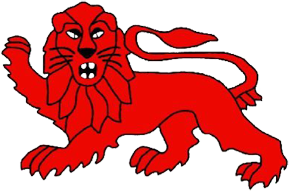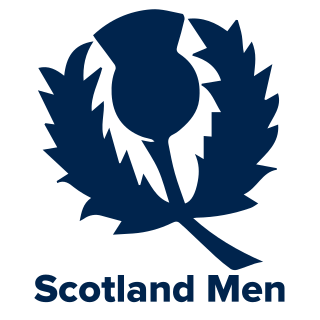Related Research Articles
First-class cricket, along with List A cricket and Twenty20 cricket, is one of the highest-standard forms of cricket. A first-class match is one of three or more days' scheduled duration between two sides of eleven players each and is officially adjudged to be worthy of the status by virtue of the standard of the competing teams. Matches must allow for the teams to play two innings each, although in practice a team might play only one innings or none at all.

The Kenya national cricket team represents the Republic of Kenya in international cricket. Kenya is an associate member of the International Cricket Council (ICC) which has Twenty20 International (T20I) status after the ICC granted T20I status to all of their members.

Cambridge University Cricket Club, first recorded in 1817, is the representative cricket club for students of the University of Cambridge. Depending on the circumstances of each individual match, the club has always been recognised as holding first-class status. The university played List A cricket in 1972 and 1974 only. It has not played top-level Twenty20 cricket.

The Scotland national cricket team represents the country of Scotland. They play their home matches at The Grange, Edinburgh, and also some other venues.

The Netherlands national cricket team is the men's team that represents the Kingdom of the Netherlands and is administered by the Royal Dutch Cricket Association.

The Denmark national cricket team represents Denmark in international cricket. They have been an associate member of the International Cricket Council (ICC) since 1966, and have previously been a part of the ICC's High Performance Programme.

The East Africa cricket team was a team representing the countries of Kenya, Uganda, Tanzania and later Zambia. Their first game was against Rhodesia in 1951. East Africa appeared in the 1975 World Cup and the 1979, 1982 and 1986 ICC Trophies. In the last two of these Kenya was represented in its own right, so that East Africa was effectively a Ugandan, Tanzanian and Zambian team.

The Tanzania national cricket team is the men's team that represents Tanzania in international cricket. Cricket has been played in what is now Tanzania since 1890, and the national side first played in 1951. The Tanzania Cricket Association became an associate member of the International Cricket Council (ICC) in 2001, having previously been part of the East and Central Africa Cricket Conference, which was a member of the ICC in its own right.
This article is an introduction to the history of first-class cricket in Zimbabwe, formerly Rhodesia and Southern Rhodesia. The timespan of the article is from the formation of a first-class Rhodesian team in August 1890 until the inaugural Test appearance of Zimbabwe in October 1992.
Raghuvir Mothibhai Patel is a former Kenyan cricketer who played internationally for East Africa, including at the 1982 ICC Trophy. He played as a wicket-keeper.
Narendra P. Thakker is a former Kenyan cricketer who played internationally for East Africa, including at the 1979 and 1982 ICC Trophies. He played as a wicket-keeper.
Harshad Vallabhbhai Patel is a Kenyan-born English former first-class cricketer.
References
- Kenyan players at CricketArchive
- East African players at Cricket Archive